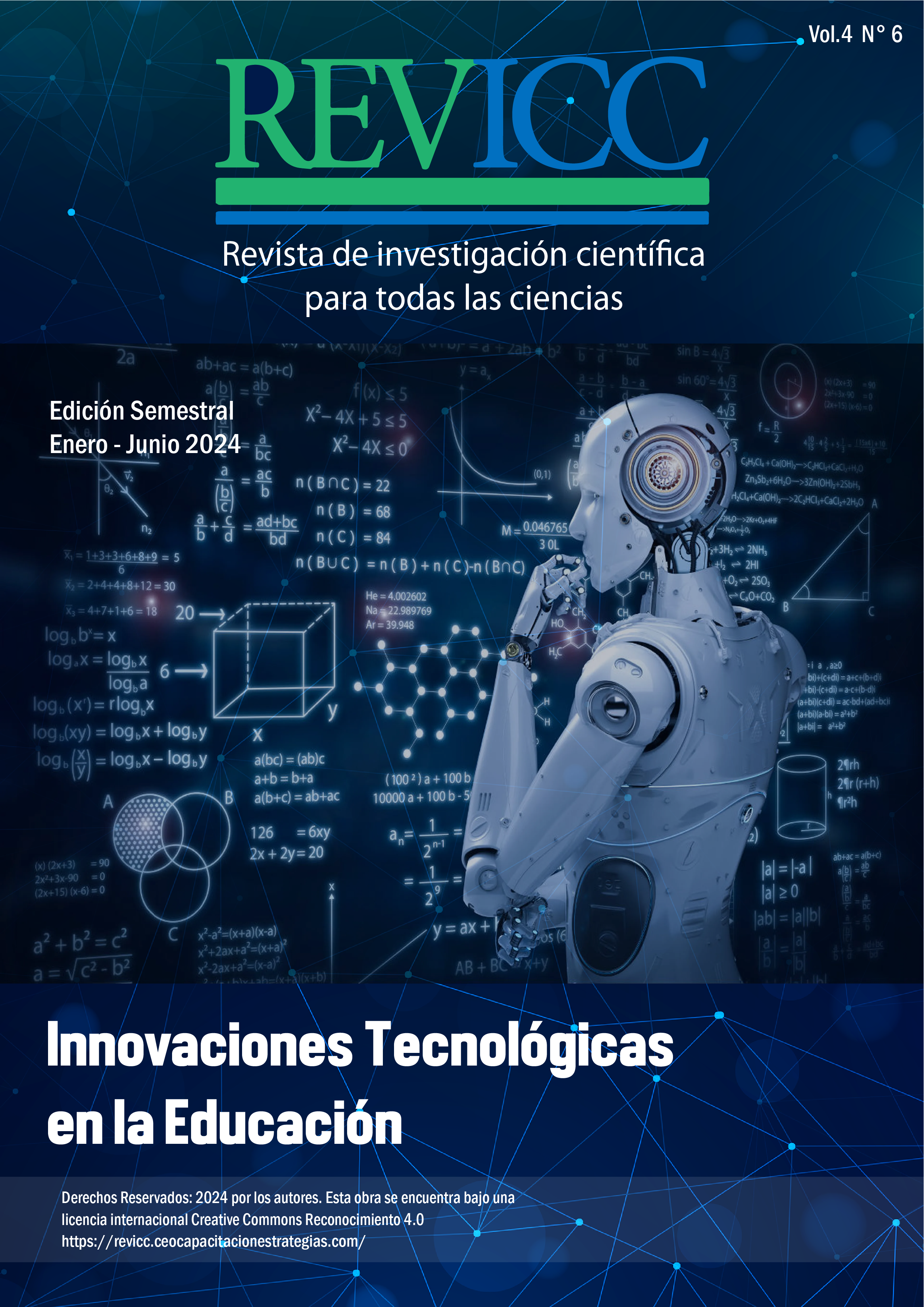Gamification through interactive games to motivate learning in the area of mathematics in higher education.
Main Article Content
Abstract
The purpose of this research was to describe how gamification can motivate learning in higher education students through interactive games. Gamification, also known as gamification, is a procedure that allows teachers to teach through games and at the same time allows students to acquire knowledge through recreational activities, without detracting from the educational purpose. Therefore, as time goes by, it is essential to consider that education and the use of technology have provided great opportunities to improve the pedagogical process; in this case, virtual games help students learn through technological means in a dynamic and motivating way. Education is constantly changing to find new teaching strategies, incorporating information and communication technology (ICT) as a tool to support learning. Gamification is one of the methods with the highest degree of approval in educational praxis, containing dynamics and game mechanics that favor the participation of both teachers and students. For this reason, interactive games were presented as an alternative to motivate learning in the classroom, and these strategies are increasingly used in higher education (HE). With the realization of this work, our objective was to provide a unique, effective and exciting strategy to foster essential and desirable skills in the field of mathematics supported by new skills through methodological suggestions supported by gamification. The aim of this research was to analyze the impact of strategic approaches in the development of the field of mathematics in education, as well as their perceptions towards the use of gamification and the way in which games and elements of games impart knowledge. Given that entertainment can have tangible consequences in the classroom, it is appropriate to establish a relationship between play and learning. It is feasible to gamify mathematics classes with imagination and audacity to attract the student's attention and get them to have fun and learn in a captivating way. As a purpose we have applied a tool that helps to motivate learning in the area of mathematics and facilitates the teaching method achieving that the classes taught in higher education are attractive, for that reason we chose to present a feasible tool that helps us at the time of our learning, given that cerebriti is a game platform that is applied in the classroom, helping to facilitate teaching and in turn allowing to keep track of the qualifying elements, based on statistics and tools to distinguish that can be found an intellectual deficit. This type of learning is a training method due to its playful nature of supporting content knowledge and producing a positive user experience. This gamification model really works because it manages to encourage students to develop a broader individual commitment and foster the spirit of self-improvement, achieving human cognitive and emotional development that promotes dimensions of being, knowing and doing by focusing on students' interests.
Downloads
Metrics
Article Details
Esta obra está bajo una licencia internacional Creative Commons Atribución-NoComercial-CompartirIgual 4.0.
![]()


